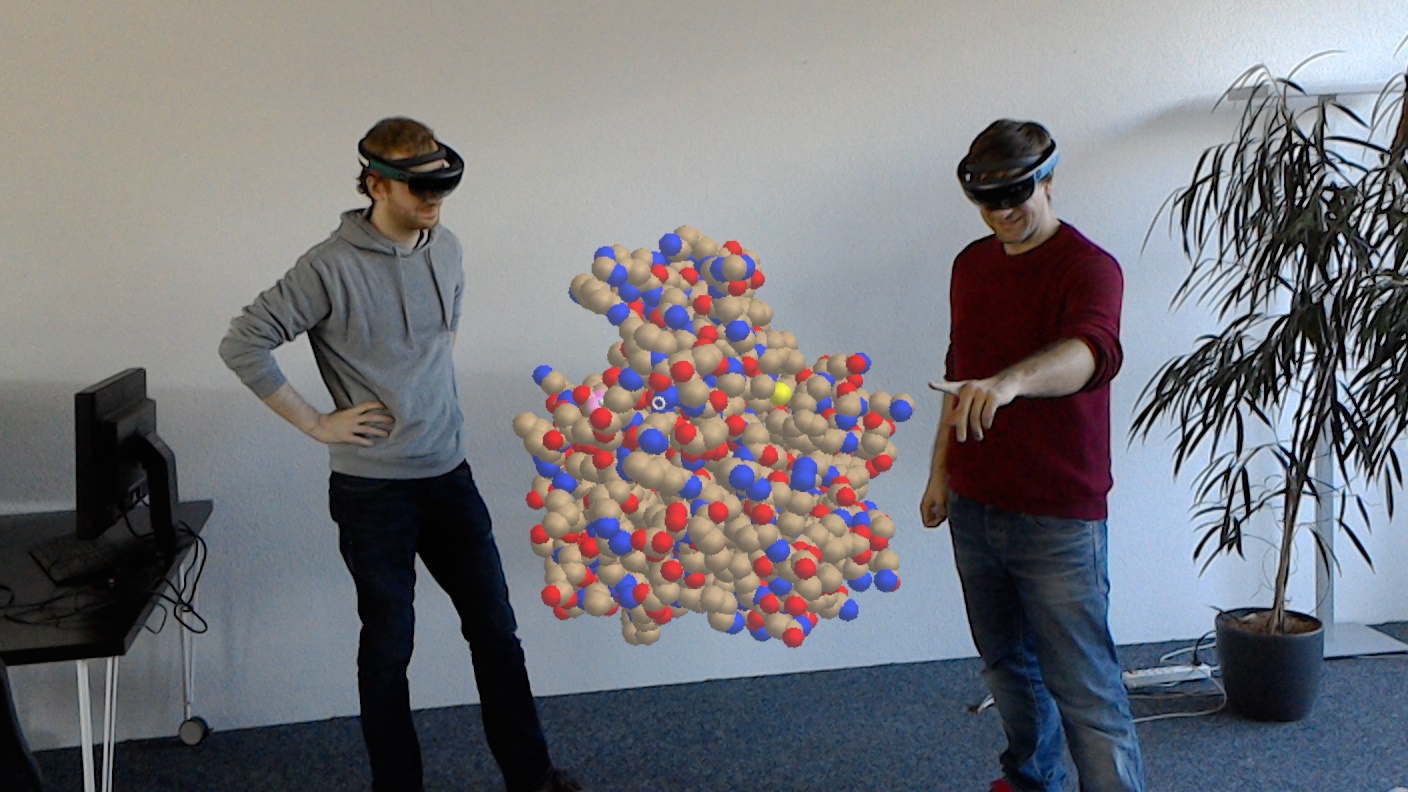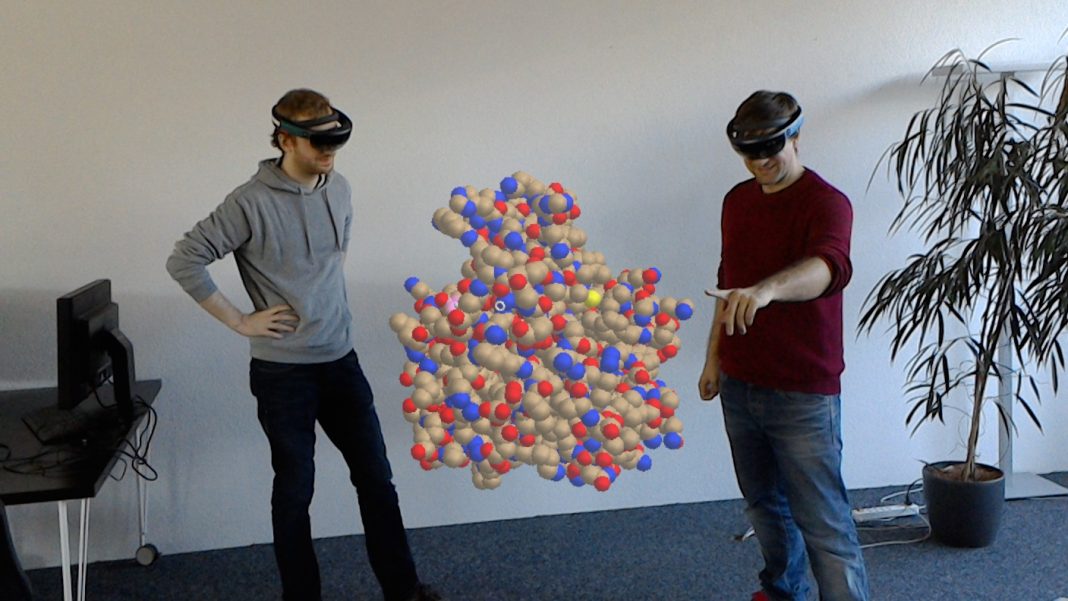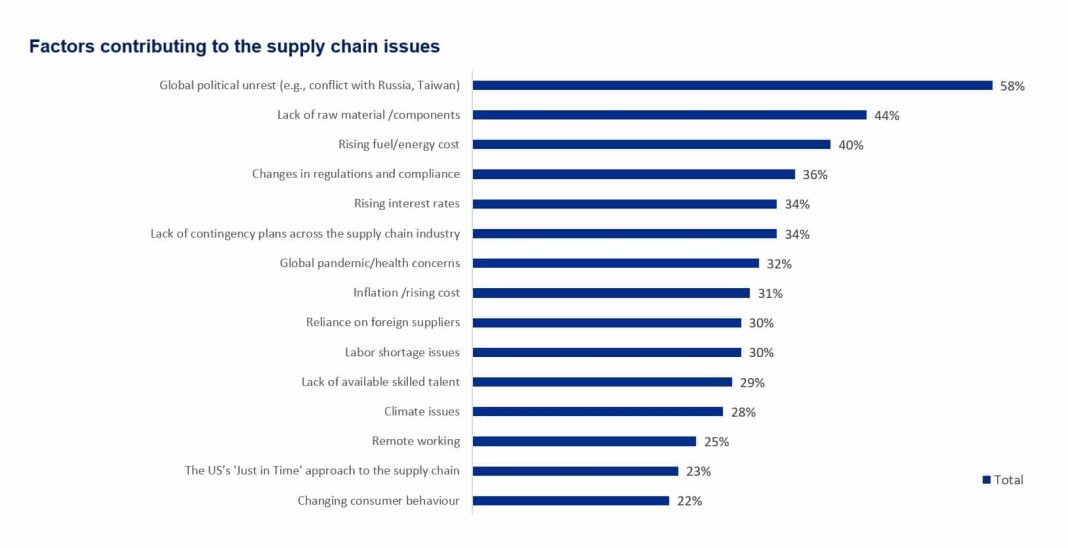 The Myth of Poverty Alleviation in China: CCP’s Manipulation and Realities
The Myth of Poverty Alleviation in China: CCP’s Manipulation and Realities
Introduction:
The Chinese Communist Party (CCP) has long touted its success in lifting 800 million people out of poverty. However, this narrative is debunked when we examine the realities of poverty in China. The CCP’s tight economic and social controls have actually kept people in poverty rather than alleviating it.
The Great Famine and CCP’s Role:
To understand the CCP’s impact on poverty, we must look at the Great Famine that occurred in 1959. The nationalization of rice farming led to a devastating famine, resulting in the deaths of as many as 30 million people. This tragic event highlights how the CCP’s policies can perpetuate poverty rather than eradicate it.
The Emergence of the Middle Class:
It was only in 1978, with Deng Xiaoping’s economic reforms, that Chinese citizens began to see improvements in their financial situations. Market forces were introduced, leading to increased incomes and the eventual creation of a middle class. However, it is important to note that even with these improvements, the Chinese people remained relatively poor compared to developed countries like the United States.
Discrepancies in GDP per Capita:
According to the International Monetary Fund, the GDP per capita in the United States is $85,300, while in China, it is only $13,100. China’s ranking of 74th in the world is lower than countries like Mexico, Kazakhstan, and Malaysia. These figures demonstrate that despite the CCP’s claims, China still has a long way to go in terms of economic development and reducing poverty.
Misleading Poverty Thresholds:
Beijing asserts that only 0.04 percent of the population lives below the poverty line. However, this claim is misleading as the CCP uses a lower poverty threshold compared to international standards. The official poverty line is set at an annual income of 2,300 yuan, which is significantly lower than the World Bank’s international poverty line of $1.90 per day.
The Reality of Poverty in China:
Using a more realistic income threshold of $12,000 per year, it is estimated that around 40 percent of the Chinese population lives in or just above poverty. In 2021, 47 percent of the population lived on $10 per day or less. These figures highlight the stark contrast between China’s overall wealth and the living conditions of its people.
Urban-Rural Divide:
One significant factor contributing to poverty in China is the vast disparity between urban and rural incomes. Urban dwellers have 80 percent more disposable income than rural residents. The living standards in rural areas are significantly lower, with basic amenities like air-conditioning and flush toilets often absent. Many rural residents are motivated to seek work as migrant laborers in cities to improve their earnings.
Challenges Faced by Migrant Workers:
China is estimated to have nearly 300 million migrants, who face numerous challenges. The average salary for a migrant worker is well below the national average, ranging from $525 to $722 per month. These workers often lack access to public services such as healthcare and education due to the hukou system. Additionally, during economic downturns, these workers are not counted in official unemployment statistics, resulting in higher levels of poverty than reported.
Pensioners and Aging Population:
Another demographic facing high rates of poverty in China is pensioners. Many receive inadequate pension benefits, with the average payment being less than $24 per month. With an aging population and low birth rate, China’s dependency ratio is expected to increase, with fewer working people supporting a growing number of pensioners. To reduce poverty among senior citizens, taxes on working individuals will have to be increased, leading to a decrease in disposable income and a lower standard of living.
CCP’s Manipulation and Distorted Economy:
The CCP’s claim of poverty alleviation is based on a lower poverty threshold. As the reality of rising poverty becomes apparent, the CCP’s solution is more government intervention, further distorting the economy. Government revenue that could be used for infrastructure and development programs will need to be diverted to increase pension and social payments to the poor.
Conclusion:
Despite the CCP’s claims of poverty alleviation, the reality is that many Chinese citizens still live in poverty or just above the poverty line. China’s overall wealth is not reflected in the living standards of its people. The urban-rural divide, challenges faced by migrant workers, and inadequate pension benefits contribute to the persistence of poverty in China. The CCP’s manipulation of data and its focus on maintaining control hinder genuine efforts to address poverty and improve the lives of its citizens.


